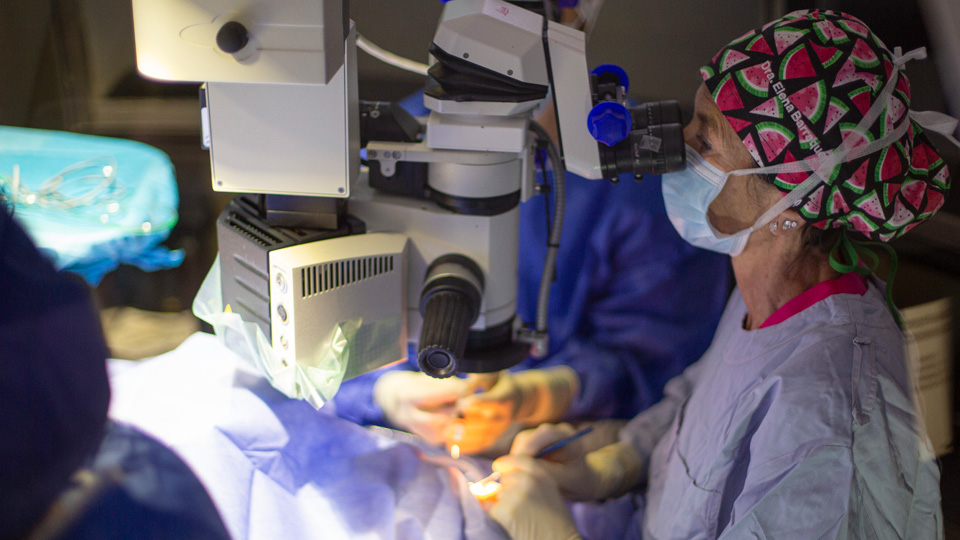Benefits of strength training
22/04/2025

11/12/2023
Cataract surgery, technically referred to as phacoemulsification with intraocular lens implantation, is the prevailing surgical method for addressing this condition. Cataracts, characterized by a clouding of the lens, result in blurred or hazy vision and, if left untreated, can lead to vision loss. Phacoemulsification involves utilizing ultrasound to remove the contents of the clouded lens and replacing it with a personalized intraocular lens (IOL) tailored to each case.
Preparation:
Before the surgery, your ophthalmologist will conduct a thorough eye examination to rule out other conditions, assess the severity of the cataracts, and recommend the most suitable intraocular lens. During the preoperative visit, precise eye measurements will be taken to determine the dioptres of the intraocular lens.
Anaesthesia:
Most cataract surgeries are performed under local anaesthesia, allowing you to be awake during the procedure while ensuring your eye remains numb. This is achieved through anaesthetic eye drops or an injection in the periorbital region. Additionally, you will receive medications to induce relaxation.
Incision:
The ophthalmologist will make a small incision at the corneal edge, providing access to the opaque lens.
Phacoemulsification and cataract extraction:
A device known as a phacoemulsifier is employed to fragment and aspirate the nucleus of the opaque cataract. This device uses ultrasonic energy to break the lens into small fragments, which are then aspirated.
Intraocular lens implantation:
After having emptied the capsular bag of all lens material, a personalized intraocular lens is injected and implanted in the lens capsule. The IOL assumes the role of the natural crystalline lens, enabling proper focusing of light on the retina.
Presently, foldable intraocular lenses of various types are utilized:
Closure of the Incision:
The corneal incision is self-sealing and does not require stitches; it naturally closes with hydration at the edges.
Postoperative:
Following the surgery, you will receive eye drops, a protective bandage or shield, and specific instructions for postoperative care. Adhering to the ophthalmologist's guidance regarding eye drop application and postoperative follow-up is crucial.
Cataract surgery typically begins with one eye and, after a few days, proceeds to the other eye. It is a safe and efficient outpatient procedure lasting approximately 10-30 minutes per eye, depending on the case's complexity. Patients return home immediately after the intervention. The following day, the eye is uncovered, and a course of antibiotics and anti-inflammatories commences, lasting a few weeks.
Recovery is generally swift, with most individuals experiencing significant vision improvement after surgery. Following the ophthalmologist's recommendations is essential for a successful recovery.
Dr. Elena Barraquer, ophthalmologist at the Barraquer Ophthalmology Centre
Cataracts are an eye condition that will affect 100% of the population and surgery is its only treatment. But this common procedure continues to cause a great deal of concern to patients because of lack of awareness and due to a large number of false myths that must be debunked.